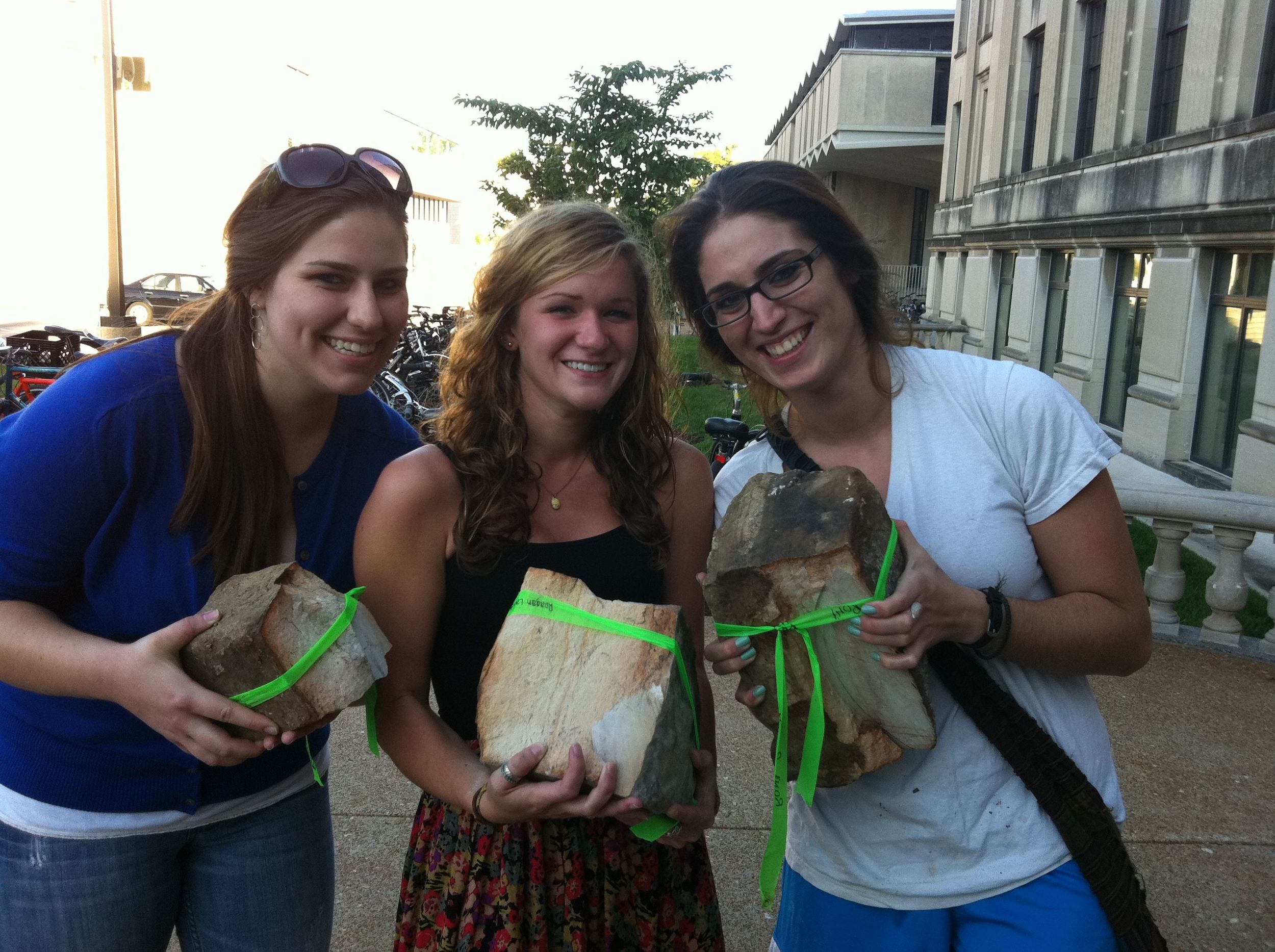
Finding the Source
A couple of years ago, I was invited to teach a design studio at the Sam Fox School of Design & Visual Arts at Washington University. I was excited about the opportunity but also a bit intimidated. I was asked to develop the curriculum for the semester that four studios, sixty students, and three fellow teachers would follow.
I had to develop a core idea for the studio quickly. What would I teach?!
Later that week, I stopped by the school of architecture to talk with some of the students. They were building a wood model. I asked them a question: “where does plywood come from? They answered, “Home Depot.” I asked, “where do the 2x4s come from?” This time a little different answer, “Lowes.” The students knew that the plywood and 2x4s came from trees, but their initial response was troubling. The disconnection between the “product” and its “source” was profound.
The students were committed to the idea of sustainability, but their understanding was limited. Without first establishing the fundamental understanding of where things come from … of understanding the deep connection between “our stuff” (in this case plywood and 2x4s) and its “source”, the pursuit of “green” architecture would be hollow.
Source, from the Latin, meaning “to rise up, to spring up,” became the operative word for the studio. We started the studio with three small design projects called: Wood, Stone, and Clay. Each student was to create three separate design projects using these materials.
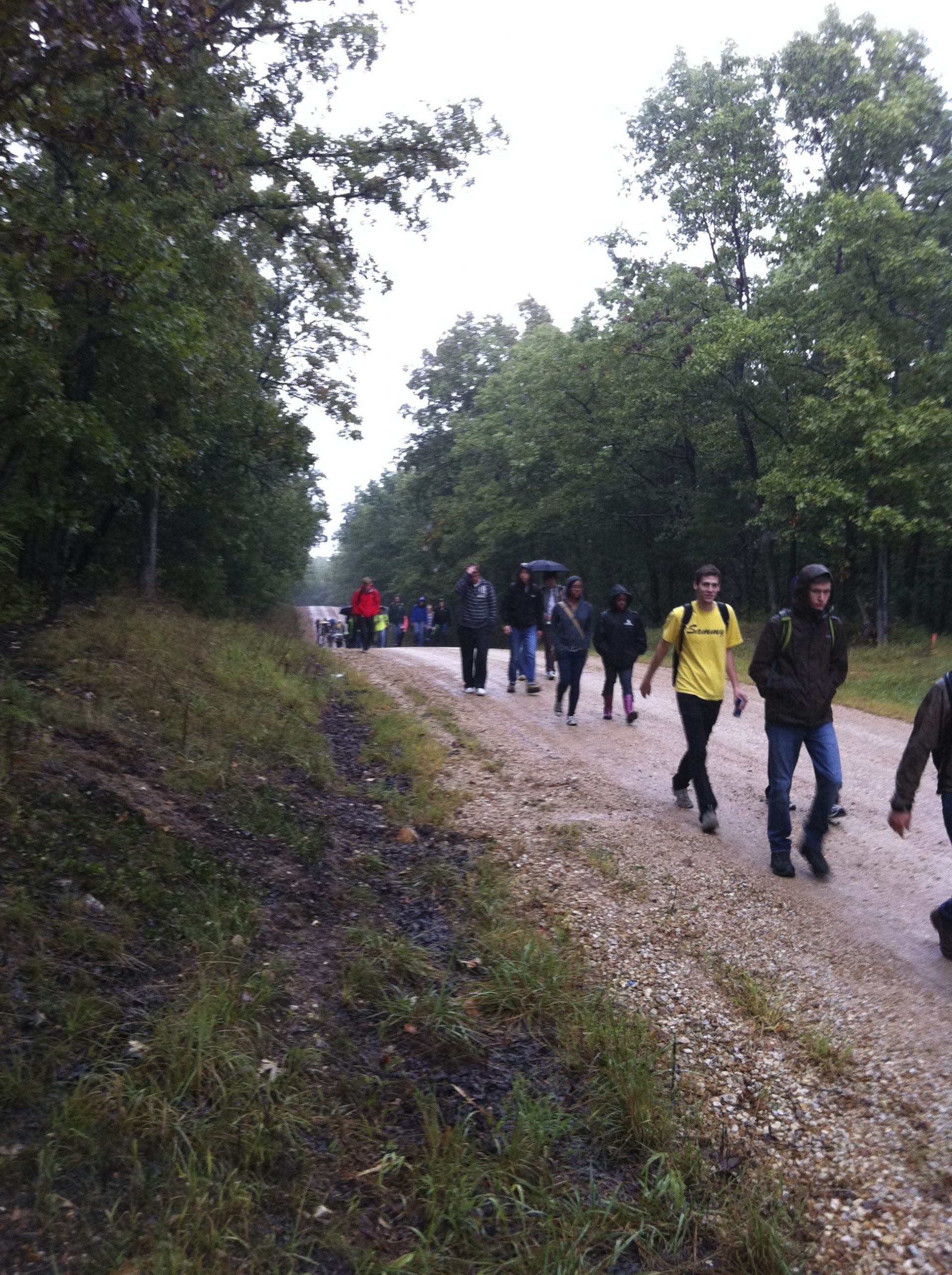


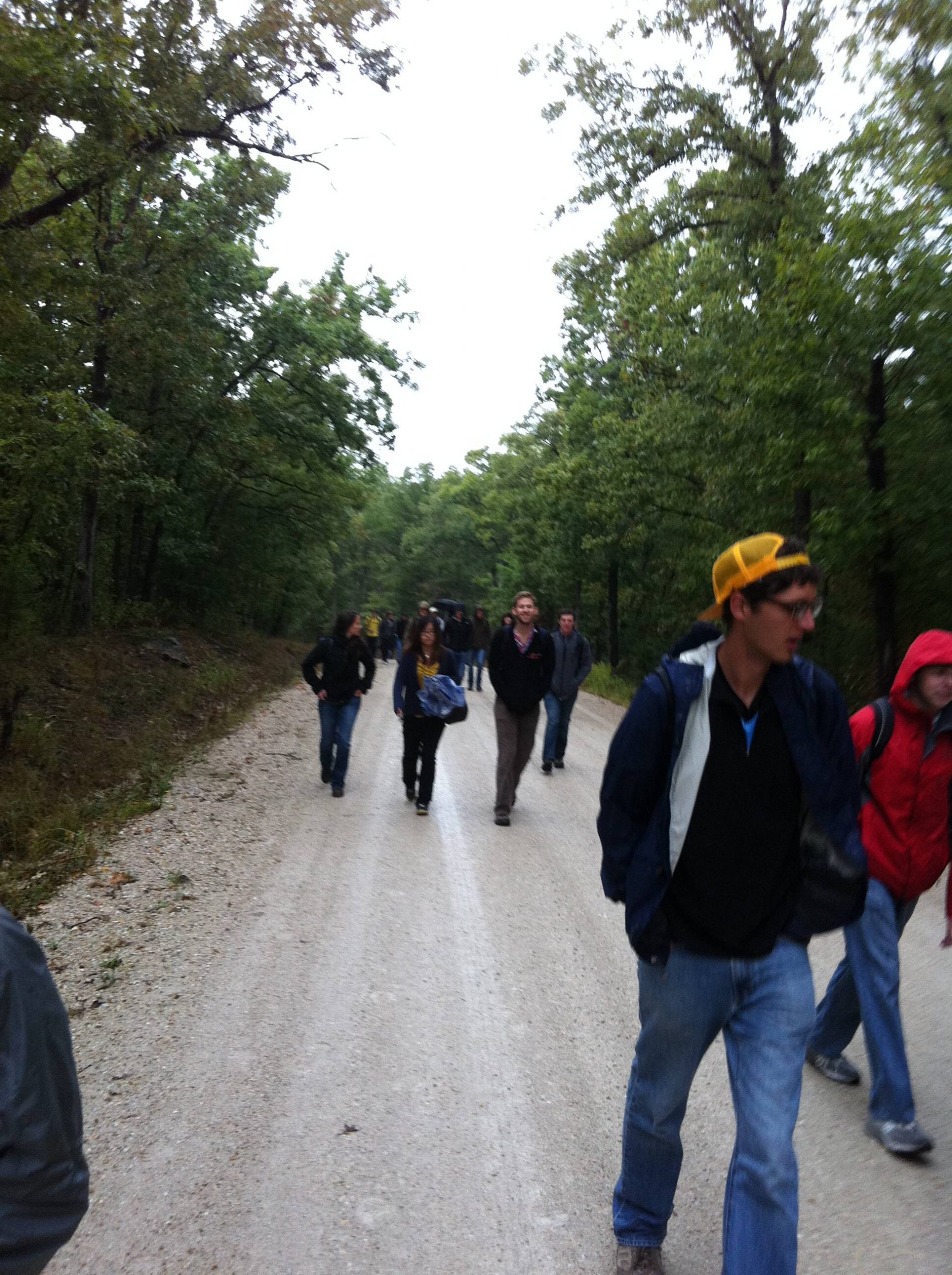
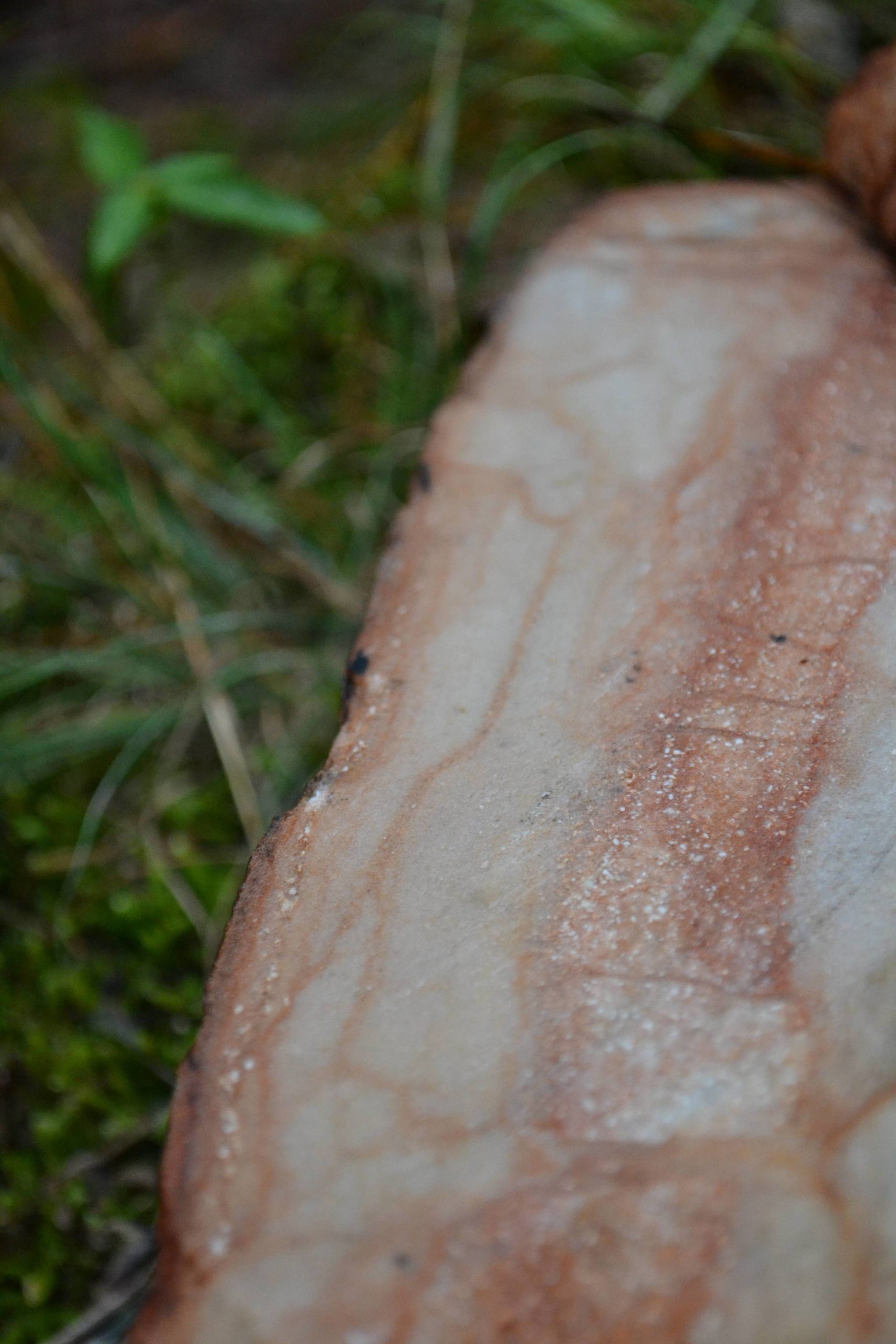
The first step was the most important and transformational. I decided to take all sixty students on a bus down to my farm in Rosebud, MO and to literally go to the place where “things rise up.” This area in Missouri was developed in the late nineteenth century due to the predominance of clay that was used to make bricks. The forest on my property also has an abundance of red oak trees and several deep veins of sandstone.
We all walked through the forest in the rain to an area that was cleared. There sat an excavator. The students gathered around as I climbed in and started the machine.
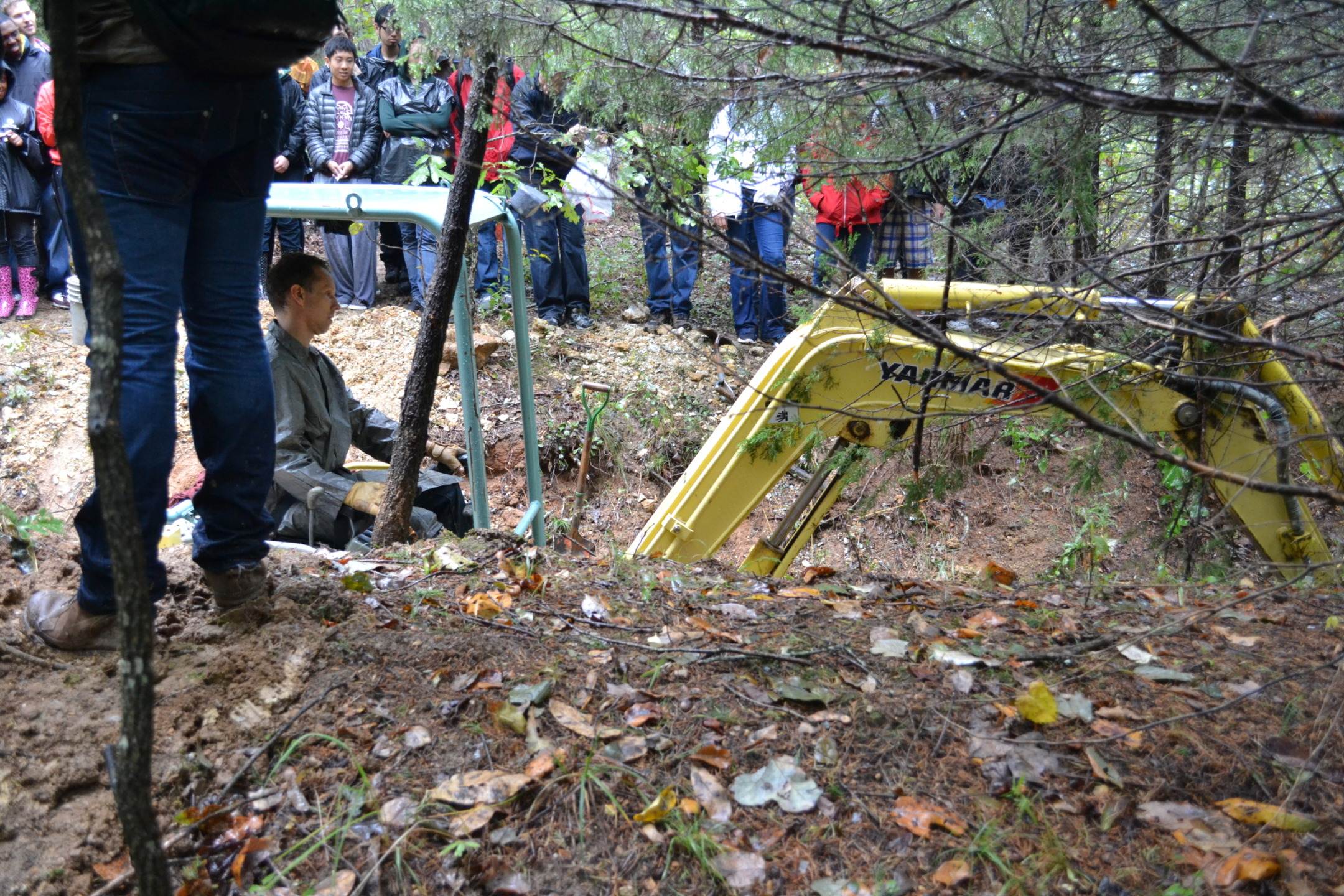
I began to dig. First, the machine ripped up the first layer of top soil, then the second layer, then onto a rock layer, and finally, about twelve feet deep, there appeared the unmistakable rich bluish purple color of a clay deposit. The whole excavator heaved as the scoop dug into the thick clay. I unloaded the raw clay onto the forest floor in front of all the students. Each student ran their hands through the clay. It was wet, cold, and smelled like rain. Every student was given a small bucket of clay. This was the first awakening.
We then went to an area in the forest where two red oak trees were taped off. One tree was healthy and the other was dead, but still standing. Again the students circled around as I first cut down the dead oak tree with a chain saw. Next, the healthy tree was cut down. I could hear some of the students comment, “do we need to cut down this tree? … it’s so beautiful.” Some of the students let out an “aww” when the healthy tree was felled.
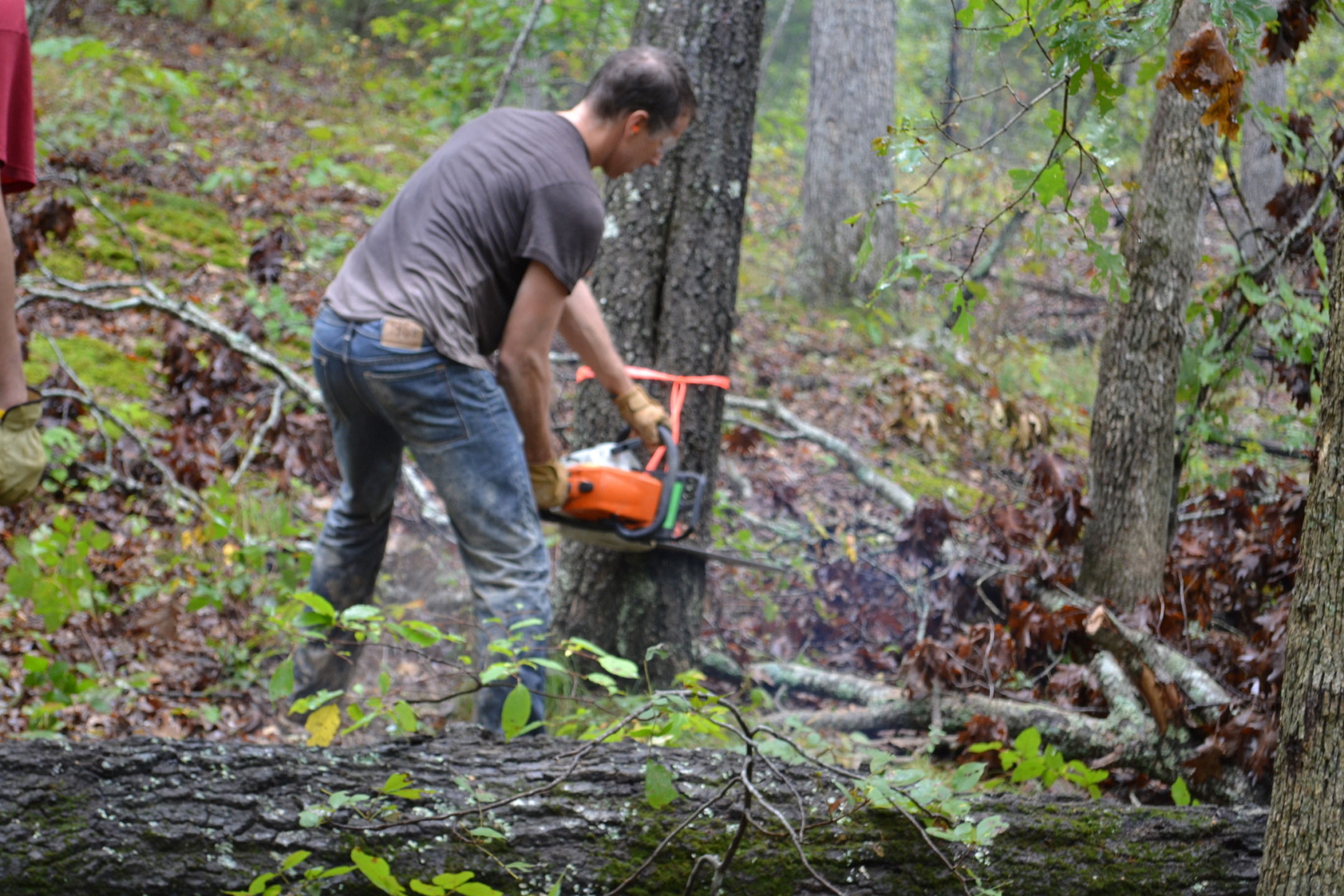
The smell of freshly cut oak was unmistakable. We all gathered around to look at the cut sections of the “dead” and “alive” oak trees. We noticed the insects in the dead tree and analyzed the rich red colors that faded as the wood turned to bark. Both trees were cut into various size pieces (from 1’ to 2’ long in varying diameters) and each student chose and marked a piece. This was the second awakening.
Finally, we all walked (still in the rain) to a dry creek bed. Located in the creek were large sandstone boulders. The big rocks were dark grey and covered in moss. Once again, all of the students gathered around the creek bed where the stone lay. I fired up a gas-powered masonry saw and began to cut the stone. After cutting as deep as the saw would go, I took a stone chisel out and placed it in the saw cut. I hammered on the chisel until the stone split revealing the warm, orange and yellow color of sandstone.
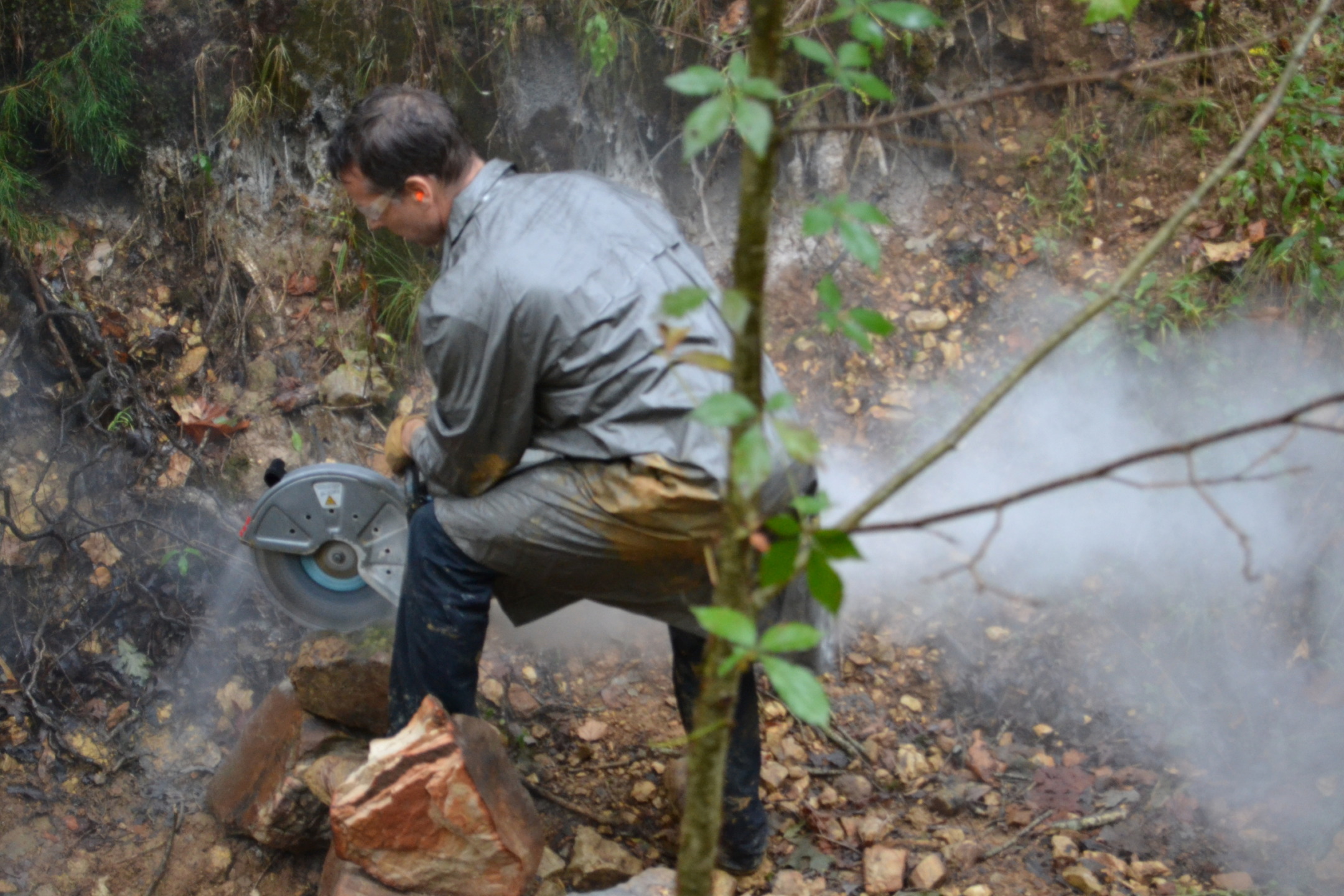
The students were surprised by the contrast of the grey mossy exterior versus the rich, colorful interior of the stone. Stone segments were cut into varying sizes and shapes and each student selected and marked a stone piece. This was the third awakening.
Our day of “sourcing” was complete. We were all tired (and wet!), but I sensed that the students were excited. Even though many of them could not verbalize what they were feeling, I knew an important message had been transmitted. An understanding of “sourcing,” of “unearthing”—of sacrifice—had begun to take root.
Stay tuned for the next article in this series.

